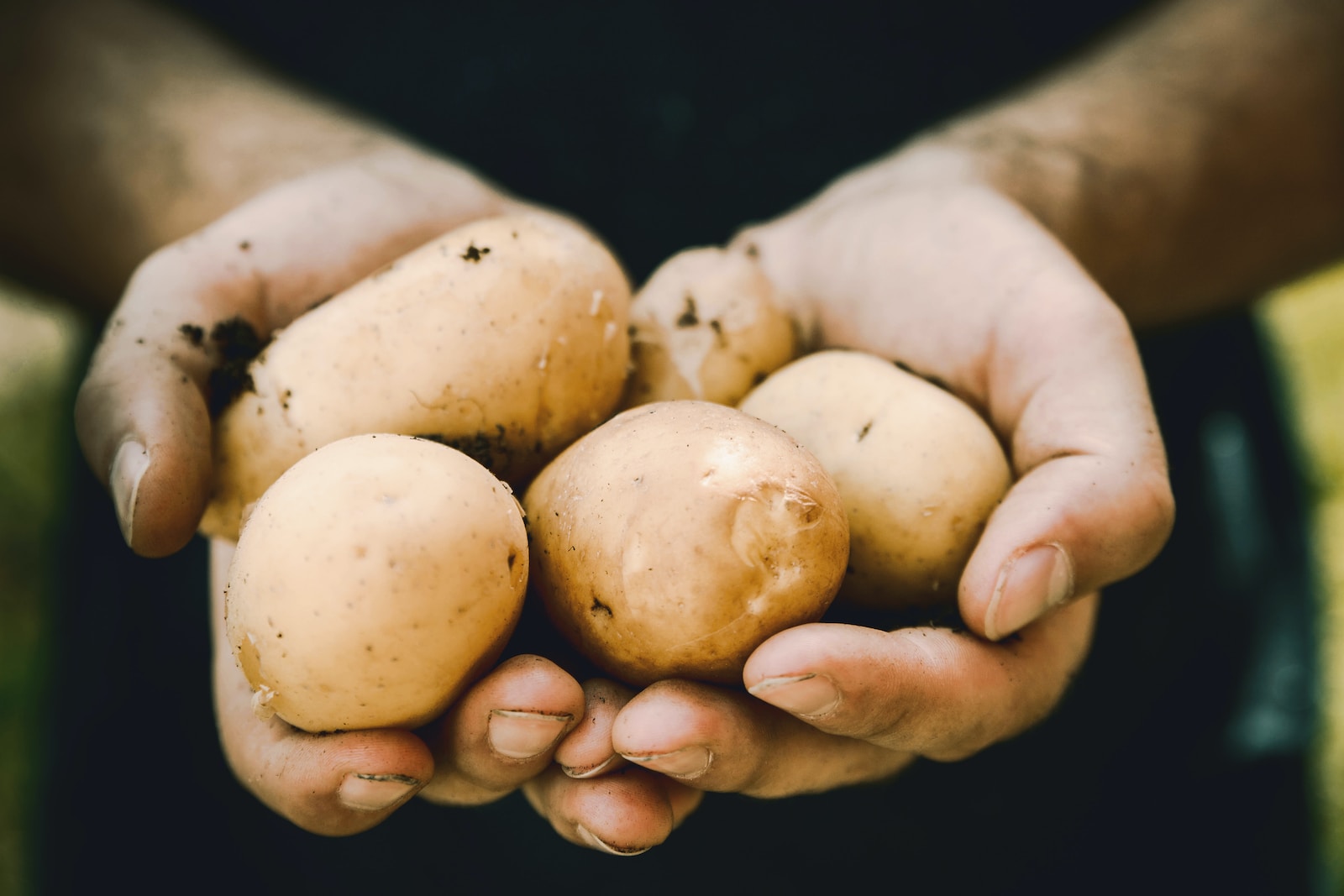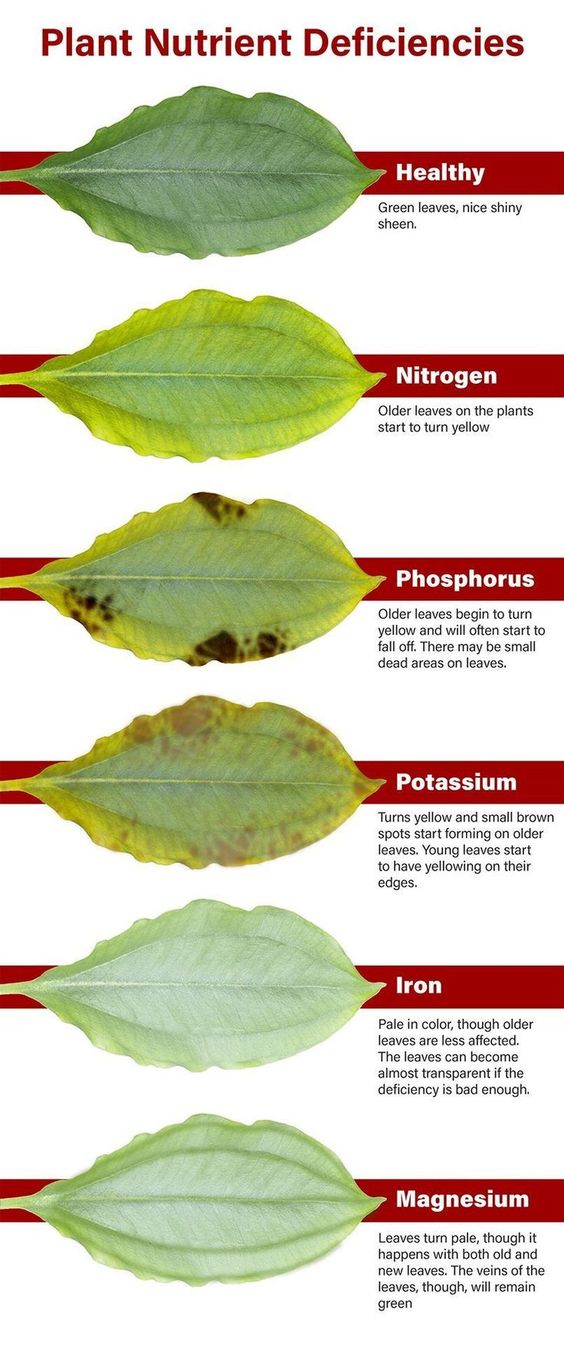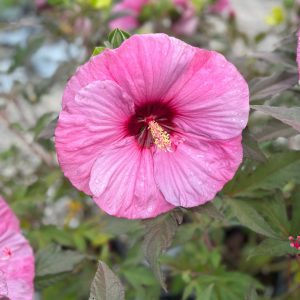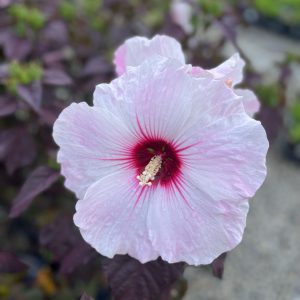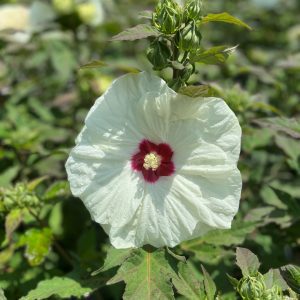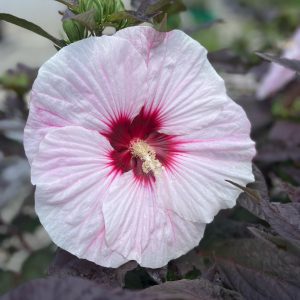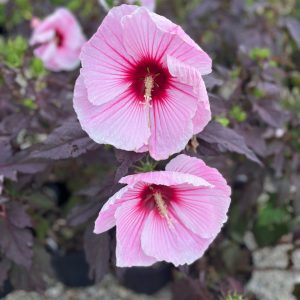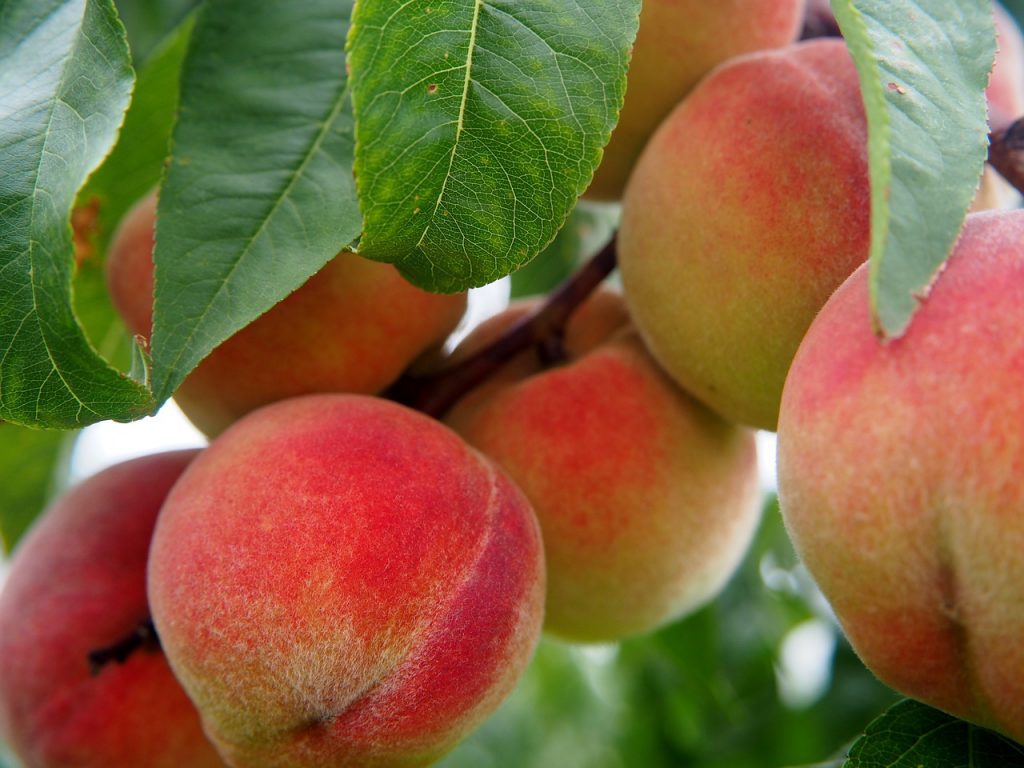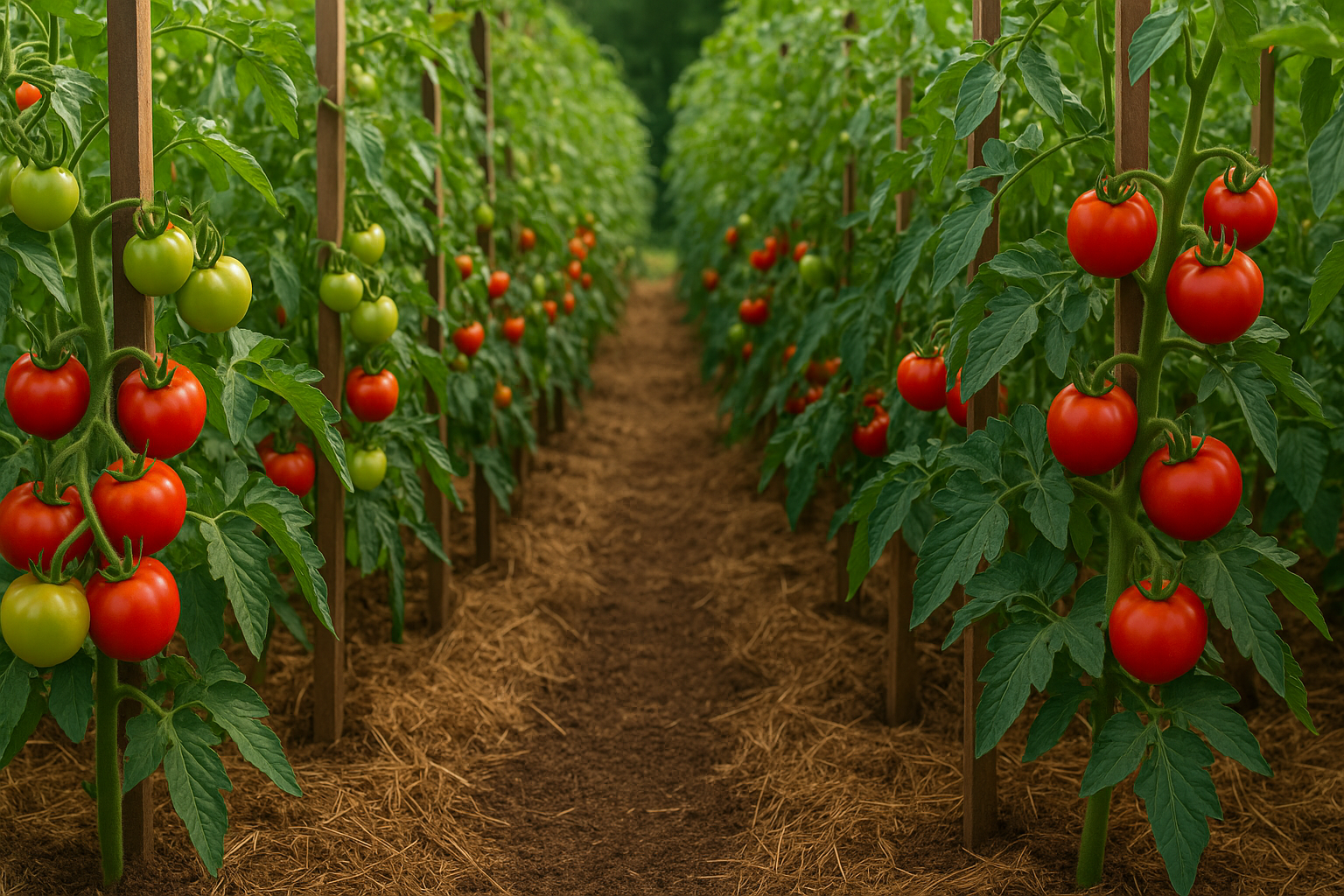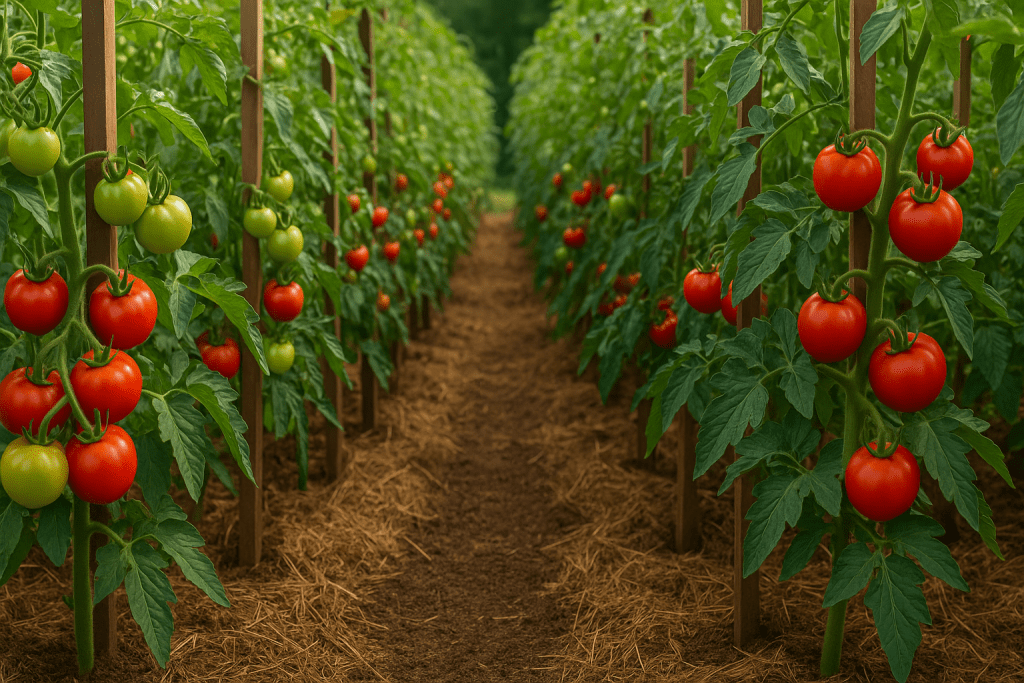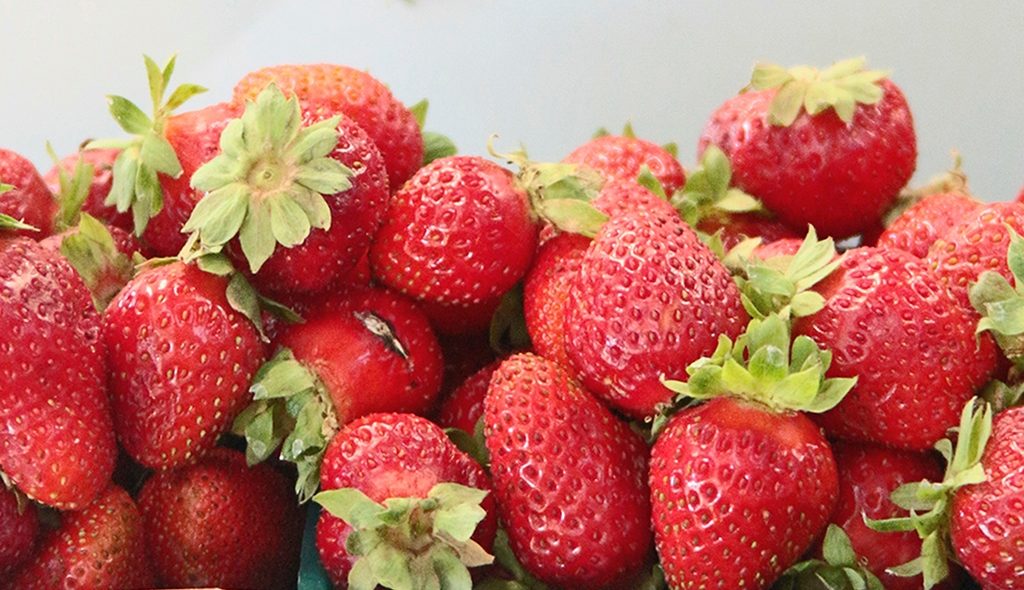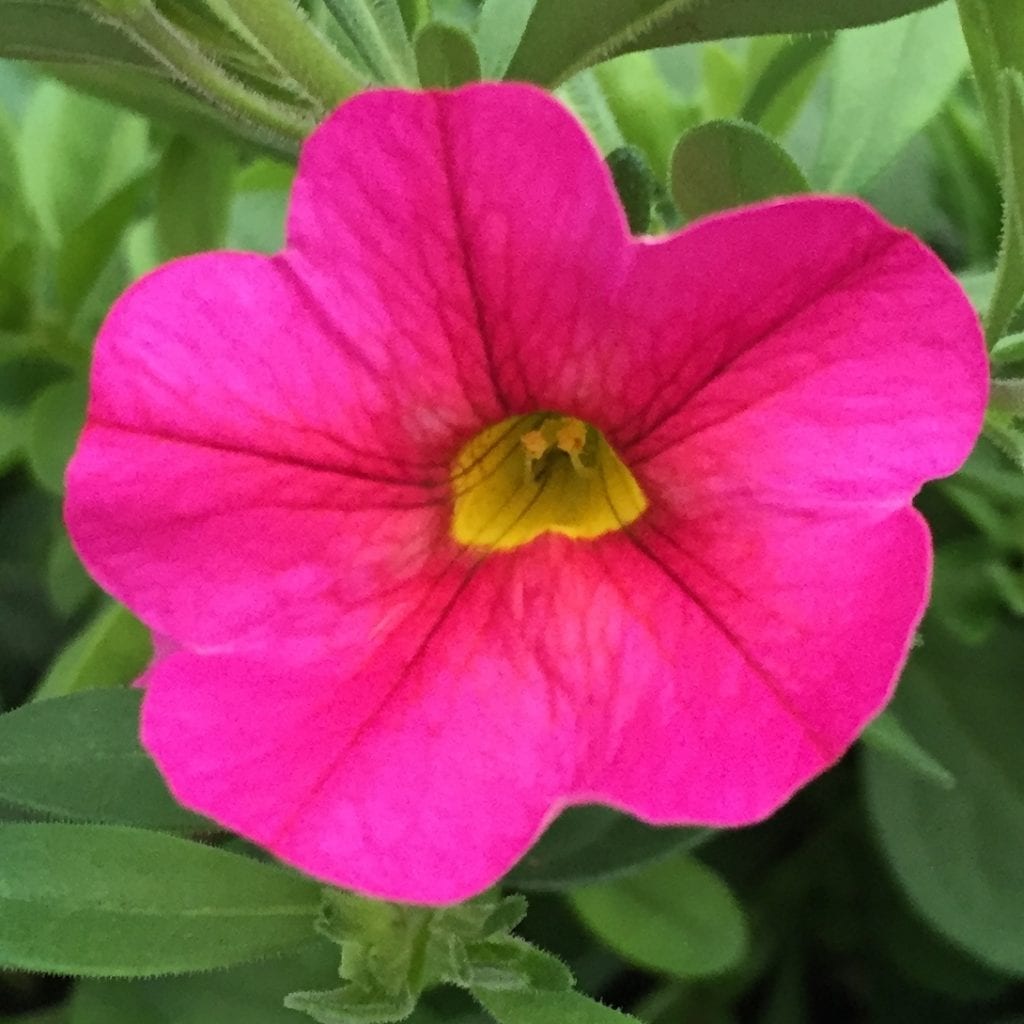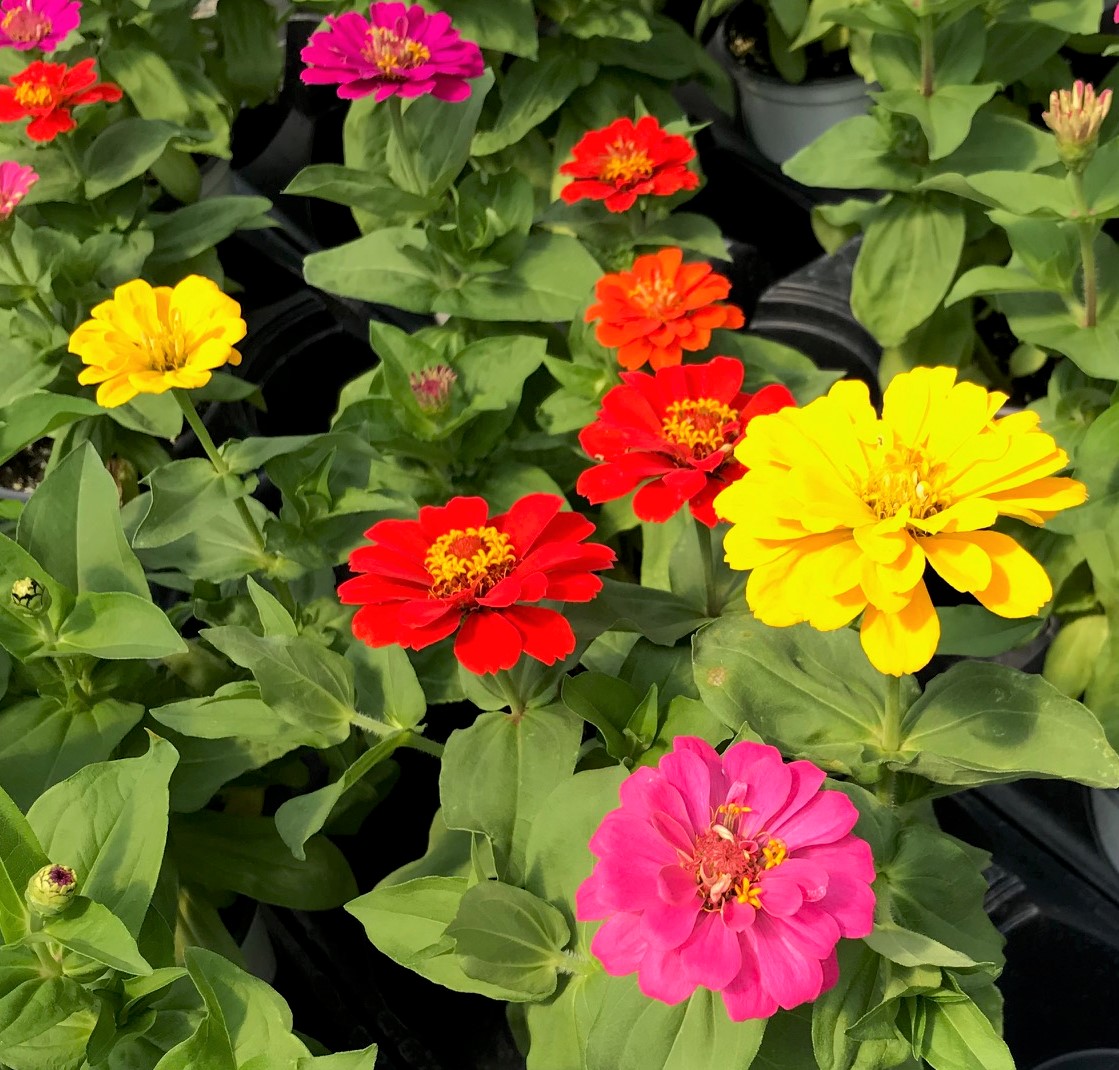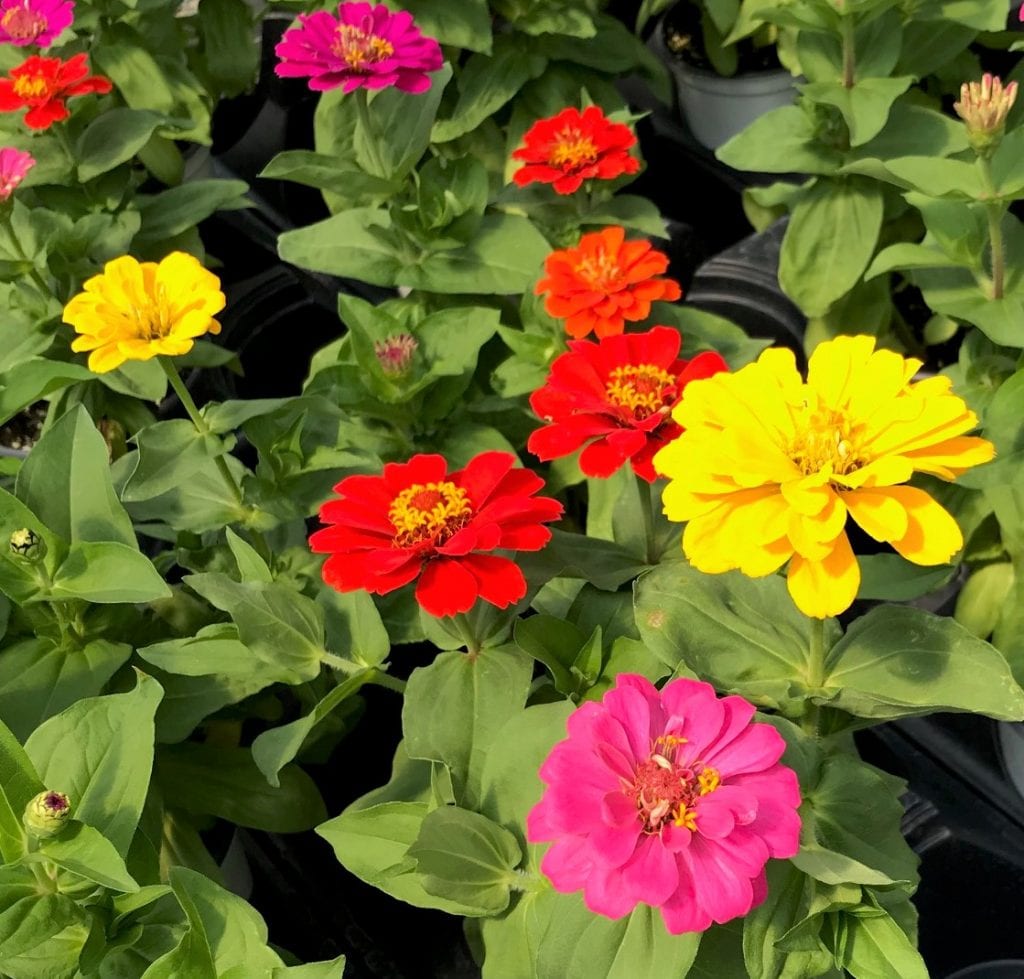Planting and Growing Potatoes in Alabama
Planting and Growing Potatoes in Alabama
If you’re an Alabamian looking to plant potatoes, the timing of your planting is essential. Plant too soon, and the cold temperatures may cause damage to the crop; plant too late, and there may need to be more time for a successful harvest before Summer temperatures. Fortunately, with some knowledge and planning, you can ensure that your potato-planting project will yield a bountiful harvest. This blog post is for the cool season type of potatoes. Check out the Sweet Potato page for warm season potatoes.
When To Plant Potatoes In Alabama
The best time to plant potatoes in Alabama is typically between early February and early March. This gives them plenty of time to fully develop before the hot summer months arrive. It’s essential to remember that each variety of potato has its own needs regarding planting times, so be sure to check the instructions on your seed potato for specifics.
Before you start planting, make sure that your soil is ready. The ideal soil temperature should be between 55°F and 65°F (12-18°C). You can check this by taking a six or eight inch-deep soil sample from several different points in your garden area and measuring the temperature with a thermometer. Once the soil has reached this temperature range, you can begin planting.
One important thing to remember when planting potatoes in Alabama is that there are two main types—early and late varieties—and each requires different timing for optimal success. Early varieties are best planted early, while late varieties should wait until mid-March or later. Additionally, certain areas within Alabama may require different planting times due to differences in climate or terrain; talk to local gardeners or specialists at your local garden center for advice specific to your area if needed.
In conclusion, timing is critical if you’re an Alabamian looking to plant potatoes this year! Aim for February through March as an optimal time frame for most potato varieties. However, always double-check the instructions on your seed potato before getting started, and remember that certain areas within Alabama may require different planting times due to differences in climate or terrain. With some knowledge and planning, you can ensure that your potato-planting project yields a delicious harvest!
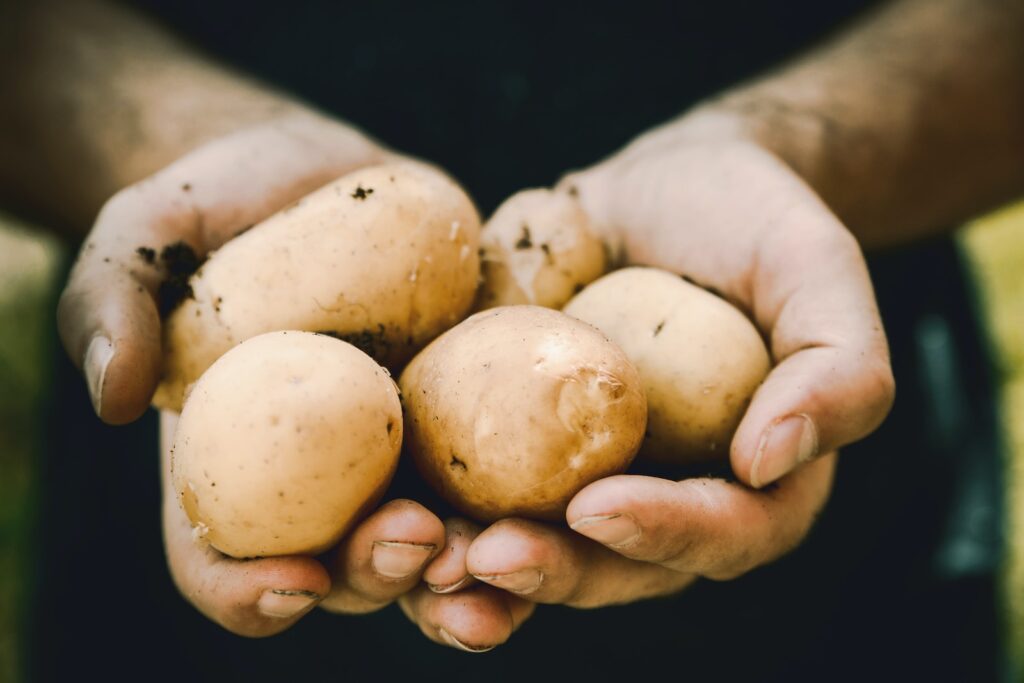
Planting Potatoes in the Right Soil
Potatoes are a hardy crop that grows well in various soils and climates. However, growing them successfully means understanding which type of soil is best for planting potatoes. Let’s look at what makes the perfect soil for planting your potatoes.
The ideal soil for growing potatoes is loamy soil with good drainage. Loam is a combination of sand, silt, and clay particles that help structure the soil and enable it to hold both water and nutrients. This soil also has plenty of organic matter, which helps create an environment that encourages healthy potato growth.
If your soil is less loamy than you would like, there are ways to improve it before planting your potatoes. You can do this by adding compost or manure to the soil, which will help add more organic material and improve its texture over time. You should also ensure your soil has plenty of drainage by testing it with a shovel or spade and providing it doesn’t become saturated when watering it.
The pH level of your soil is another important factor when it comes to growing potatoes successfully. The optimal pH level for potato plants is between 4.8 and 5.4, but they will still grow if the pH level is slightly higher or lower than this range as long as other environmental factors are favorable for their growth. To test the pH level of your soil, use an inexpensive testing kit from your local gardening store or nursery.
The Basics of Planting and Harvesting Potatoes
When planting potatoes, you want to ensure they are buried deep enough in the soil so their stems have plenty of room to grow and develop. Generally, you want your potatoes planted 4-6 inches into the soil. However, this may vary depending on your climate and the type of soil you’re working with. If your soil is heavy and moist, you may need to plant it closer to six inches down; if it is light and sandy, closer to four inches will do.
You also want to ensure you leave about 12-18 inches between each potato when planting them in a row. This gives each potato ample space for its roots and stem growth. This spacing also applies when planting multiple rows of potatoes—it’s important not to overcrowd them! Potato plants will yield more abundantly when given plenty of space.
It usually takes about 70-80 days from planting for your potatoes to be ready for harvest! Digging only a little deep when harvesting potatoes is essential, as this can harm or damage the tubers while growing underground. The best way is to use a garden fork or hoe around the base of the plant, gently pushing away some dirt until you see a few tubers near the surface, which can then be easily pulled up from the ground by hand. Be sure not to wait too long, though – once potato tops turn yellow and begin dying off, and it means that they are done growing, and any remaining tubers left in the ground won’t mature enough before winter sets in, so they must be harvested quickly!
Planting potatoes can be simple and easy. If you know what depth you should bury them at and give them adequate spacing between plants, you’ll have no problem achieving a bountiful harvest come harvest time! Just remember: Plant your potatoes 4-6 inches down into the soil with 12-18 inches between each potato when planting in rows or beds, wait until 70-80 days from planting time has passed before harvesting, and use a garden fork or hoe around the base of your plants when harvesting instead of digging deeply so as not disturb any still-growing tubers underground! With these tips in mind, happy gardening!

